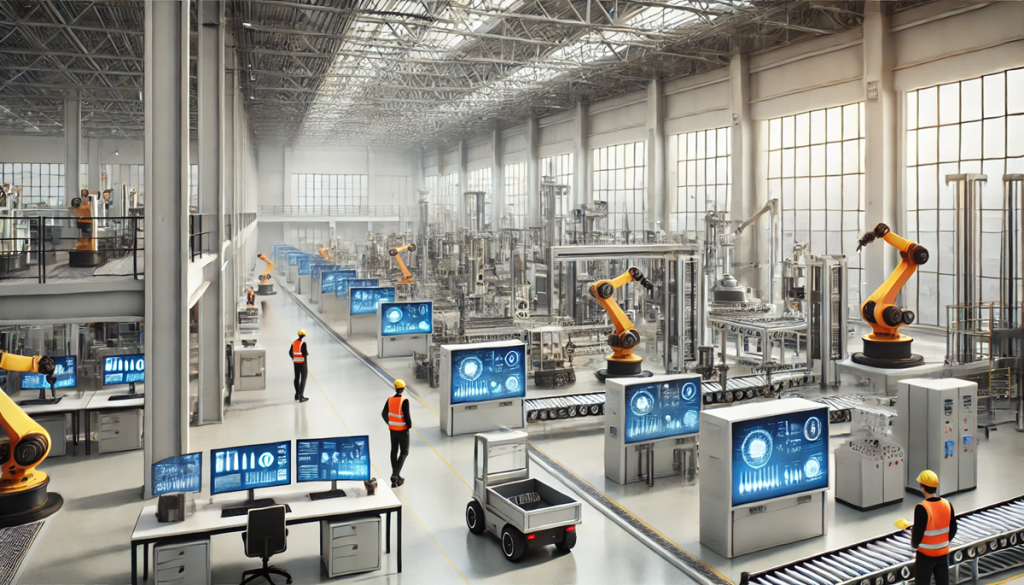As modern supply chains experience unprecedented fluctuations, manufacturing leaders grapple with the challenge of leveraging emerging technologies while maintaining productivity and agility. The key lies in balancing these dual objectives, upskilling the workforce, and planning for rapid pivots.
Balancing Productivity and Agility
The advent of Industry 4.0 has brought about transformative technologies such as smart factories, digital twins, the industrial metaverse, and artificial intelligence. While 83% of manufacturers believe these tools will revolutionize product manufacturing within five years, the challenge lies in determining how and where to deploy them.
In the face of uncertainty, manufacturers must balance productivity and agility. For instance, maintaining higher inventory levels during the pandemic provided flexibility but came at a cost. With the help of data and predictive analytics, manufacturers can make better risk-weighted decisions, optimizing the productivity-agility tradeoff.
Upskilling the Workforce and Planning for Rapid Pivots
The success of emerging technologies largely depends on the input from frontline workers who will be most impacted by them. However, the introduction of automation in many factories has not yielded immediate benefits due to a lack of necessary skills to operate and maintain new production lines. This issue will be further amplified with AI-powered technologies, highlighting the need for a different workforce.
Manufacturers must invest in upskilling and training employees in new ways of working. Including frontline workers in task forces or study groups to determine digitization strategies can lead to better decisions and ensure buy-in during the technology implementation stage.
As technology deployment is unlikely to follow a straight path, manufacturers must also plan for rapid pivots. This involves expecting change, identifying necessary changes, planning for different scenarios, running experiments and pilots before full deployments, encouraging employees to highlight gaps or opportunities, and dispersing decision-making but centralizing expertise.
In the future, companies that can reshape, upskill, and reorient their workforce towards greater flexibility, experimentation, and speed are poised to turn change into opportunity.







